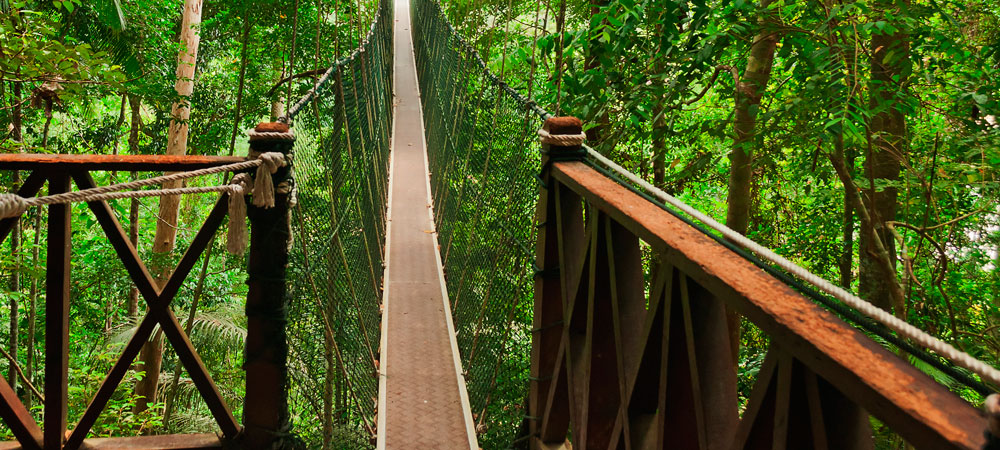Table of contents
Excessive consumption patterns as well as the unsustainable use of finite "non-renewable" resources to feed our economy will lead to subsequent resource depletion, environmental degradation and reduced ecological health resulting in the destruction of our own livelihood or base of living.
Therefore, the European Commission launched several forward-looking initiatives. Directive 2008/98/EC for example defines basic concepts and definitions related to waste management, and set up the waste management hierarchy to be applied. Furthermore an action plan for the circular economy was established aimed to close cycles and to break with the linear approach take, make and dispose.
Nevertheless, the European Strategy - Innovating for Sustainable Growth: A Bioeconomy for Europe is essential to keep us in the planetary boundaries given by our planet Earth and to reduce and avoid the use of non-renewable resources. Bioeconomy can be understood as learning from nature, taking natural cycles as reference to provide base materials and building blocks for our society, industry without harming the environment, thereby ensuring high life conditions also for our children and grandchildren.
The commercial application of biotechnology will lead to a bioeconomy where a substantial share of economic output will be partly dependent on the development and use of biological materials. The application of biotechnological tools enables our society to adapt biological organisms, products, processes and systems found in nature, to be used in eco-efficient processes to obtain economic feasible as well as environmental friendly products.
To make the Bioeconomy a reality, research and development activities are needed. A critical aspect is the competition for biological resources for the production of food, biofuels and biomaterials. It is estimated that the global population growth will lead to a 70% increase in food demand by 2050. Therefore, especially non food grade biomass resources should be considered as feedstock for a sustainable bioeconomy. In this context by-products and biowaste attract attention. Landfilling should be avoided and a proper re-introduction in our economy ensured.
- The first step could be the extraction and recovery of still valuable compounds like bioactive molecules to produce food ingredients from fruit and vegetable by-products as successfully implemented in the Spanish funded research project VALBIO.
- A second step would be focused on the transformation of remaining by-products/waste into a feedstock for other industries. The major growing region for hydroponic cultivation of chicory in Spain is Navarra. Alongside with the cultivation accumulate every year around 10.000 tons of chicory roots. It could be shown that by applying appropriate bio-based strategies the roots can be transformed into the biodegradable biopolymer PHB to be used for plastic applications. Another approach implemented by the European project BUGWORKERS was the conversion of wheat straw into the biopolymer PHB combining chemical and biological procedures.
The European funded research project TRANSBIO investigated the economic feasible bioconversion of by-products from fruit and vegetable processing industry into biomaterials for food packaging, the chemical building block and food ingredient succinic acid as well as the obtainment of biological catalysts (enzymes).
Remaining biomass was successfully tested to be used as feedstock for anaerobic digestion to produce bioenergy (biogas) and fertilizers reused in fruit and vegetable production. Beside specific by-products, heterogeneous waste streams require more sophisticated approaches, which should be widely accepted to ensure implementation in a short or medium term.
Here, the European project VOLATILE aims in the implementation of a Volatile Fatty Acid Platform to transform heterogeneous municipal solid biowaste via anaerobic digestion into a carbon source for the biological production of the biomaterial / biopolymer PHA, single cell oil for oleochemical applications as well as essential long chain high unsaturated Omega-3 fatty acids for food and nutraceuticals. The technology will be implemented in existing anaerobic digestion plants to provide also bioenergy and fertilizers thereby closing N/P cycles.
These examples show that the application of biotechnological approaches (enzymes, microorganisms) can lead to a wide range of products needed by our society such as food ingredients, biomaterials, chemical building blocks or bioenergy and fertilizers. The commercial exploitation of these processes will lead to a sustainable bioeconomy reducing our dependence on non-renewable resources and will create new high skilled job opportunities.
European Compost Network calculates that currently around 50 Mio tons of biowaste is wasted every year. The proper collection and transformation of these biowaste would create between 10.000 – 20.000 new green jobs in Europe.
Therefore, let’s work together to bring bio-based processes to the market, creating a bioeconomy to ensure a sustainable future.

